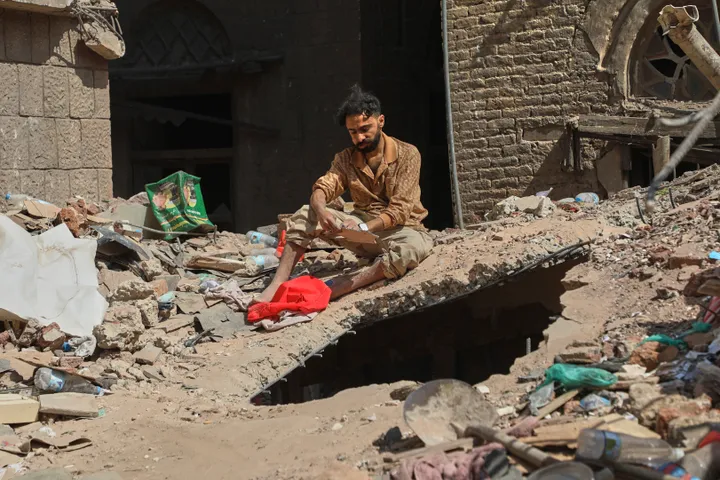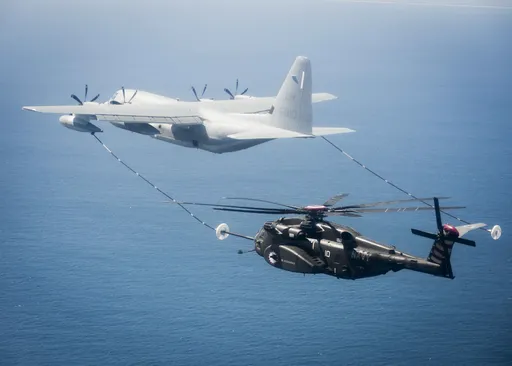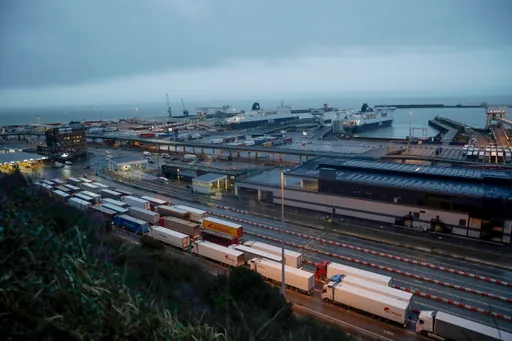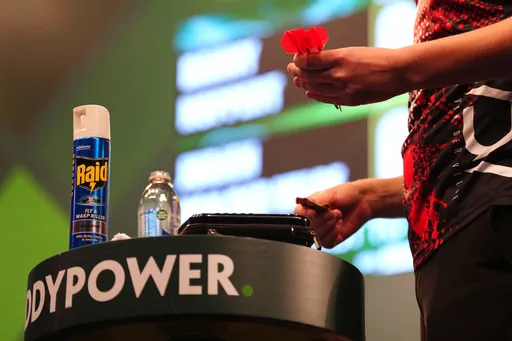Two days after the United States Acting Secretary of Defense Christopher Miller ordered the supercarrier, USS Nimitz, to return home as a "de-escalatory" gesture toward Iran, the order was reversed. Turns out, the Nimitz Carrier Strike Group will remain in the Middle East until further notice.
The $9.5 billion Ford-class carrier had been carrying out manoeuvres off the coast of Somalia as part of the ongoing operation "Octave Quartz", which oversees the withdrawal of US soldiers from the Horn of Africa and redistributing them elsewhere in North Africa. The ship was already at sea for ten months.
While its return was seemingly overdue, that has been put on hold to counter any possible Iranian escalations.
Masked risk
It remains unclear what prompted the US Acting SecDef to cancel the return order, although it has been one year since tensions between the US and Iran peaked following the assassination of Iranian Revolutionary Guard Commander Qassem Soleimani by an American drone strike.
In recent days, Iranian officials have ramped up their rhetoric against the US. The head of Iran’s judiciary, Ebrahim Raisi stated that all those who had a role in General Soleimani’s killing would not be able to “escape law and justice,” even if they were an American president.
This comes after two nuclear-capable US B-52 bomber planes provocatively flew over the Persian Gulf on December 31, 2020, making it the third time in six weeks that nuclear-capable bombers carried out long-range flights off Iran’s coast.
Speaking in an interview with Iran’s state TV, General Safavi allegedly addressed the current military situation in the Persian Gulf region with inflammatory remarks that were subsequently criticized for being mistranslations.
“The Americans know that their forces in the region are very vulnerable. Iran is able to turn US aircraft carriers into submarines in a few hours,” General Safavi allegedly asserted.
Deterrence, not war
But the USS Nimitz is hardly alone. It serves as a floating air base to the four fighter jet squadrons, including the renowned Marine “Death Rattlers” who are the last Hornet squadron to still fly the F-18 before switching over to the F-35 stealth fighter jet.
The Nimitz carrier strike group also features the nuclear-powered USS Georgia renowned for being packed with cruise missiles and special forces units. On December 21, 2020, the USS Georgia allowed itself to be seen entering the Arabian Gulf to offset the absence of the USS Nimitz which was still operating near Somalia.
But the likelihood for war or military confrontation is very low. The Arabian Gulf is small, and limits large ship manoeuvrability while favouring smaller strike crafts that can operate in littoral waters with ease. Given that the Gulf is surrounded by land in every direction, the location makes it an ideal anti-ship missile zone, limited only by the number of ground installations an opposing force could line up.
Threats like that are hard to counter, on top of existing risks like small-boat swarms, mines, and limited submarine.
While US concerns over an attack by Iran or its proxy forces have been on the rise since its assassination of IRGC commander Qassem Soleimani, last week reports from the US intelligence community described that Iranian military units, including its air force and maritime defence had gone on high alert.
It remains unclear whether Iranian high-alert was in preparation for American retaliation over attacks on its soldiers in Iraq, or as a response to US threats. The same sources expected Iran and its proxies to prepare a strike over the New Year’s weekend to retaliate for last year’s deaths. More critically, they reported that Iran has transported more short-range missiles and drones into Iraq.
Nonetheless, senior Defense Department officials acknowledge they are unable to independently verify if Iran or its proxies in Iraq are preparing to move against US forces or if they are preparing defensive measures in case a pre-emptive attack against them takes place.
In December 2020, a large number of senior Iranian officials, including Iran’s Supreme Leader Ayatollah Ali Khamenei and the country’s President Hassan Rouhani, the latter typically representing a more moderate voice in Iranian politics, both threatened revenge over Soleimani’s death. Their intensified rhetoric continued into the new year.
“Do not presume that someone, as the president of America, who appeared as a murderer or ordered a murder, may be immune from justice being carried out. Never,” Ebrahim Raisi, Chief Justice of Iran, said on New Year’s Day.
“Those who had a role in this assassination and crime will not be safe on Earth.”
“It’s even possible that there are people inside your home [the United States] that will respond to your crime,” Esmail Ghaani, who replaced Soleimani as commander of the Quds Force death, stated at the same event.
Pro-Iranian militant groups throughout the Middle East region have made identical calls for justice, while making threats over the deaths of Soleimani and Al Muhandis. A major rally took place in Baghdad's Tahrir Square to mark the anniversary of the assassination and protest the American government.
Recent weeks have also seen a dramatic growth in tension between Iranian-backed militias and US forces, as well as the Iraqi government. Iraqi Prime Minister Mustapha Al Kadhimi is facing rising criticism and threats from Iran-linked groups over the arrest of militants after being charged with complicity in recent rocket attacks aimed at the US Embassy in Baghdad.
A number of Iranian-linked militias in Iraq have also claimed attacks on locally-run supply convoys supporting the US-led coalition fighting ISIS in the country, as well.
While not an trigger for war, the US deployment of the carrier strike group in the Arabian Gulf for even a brief time realizes two goals. Primarily, it sends Iran a highly visible deterrent message. Second, it puts more assets on the table in the case that the United States pursues a military confrontation. More importantly, while the carrier may face significant risk in an engagement within the Gulf sea, it faces considerably less risk than immobile fixed runways throughout the region that are sure to be priority targets for Iran’s ballistic missiles if war breaks out.
























